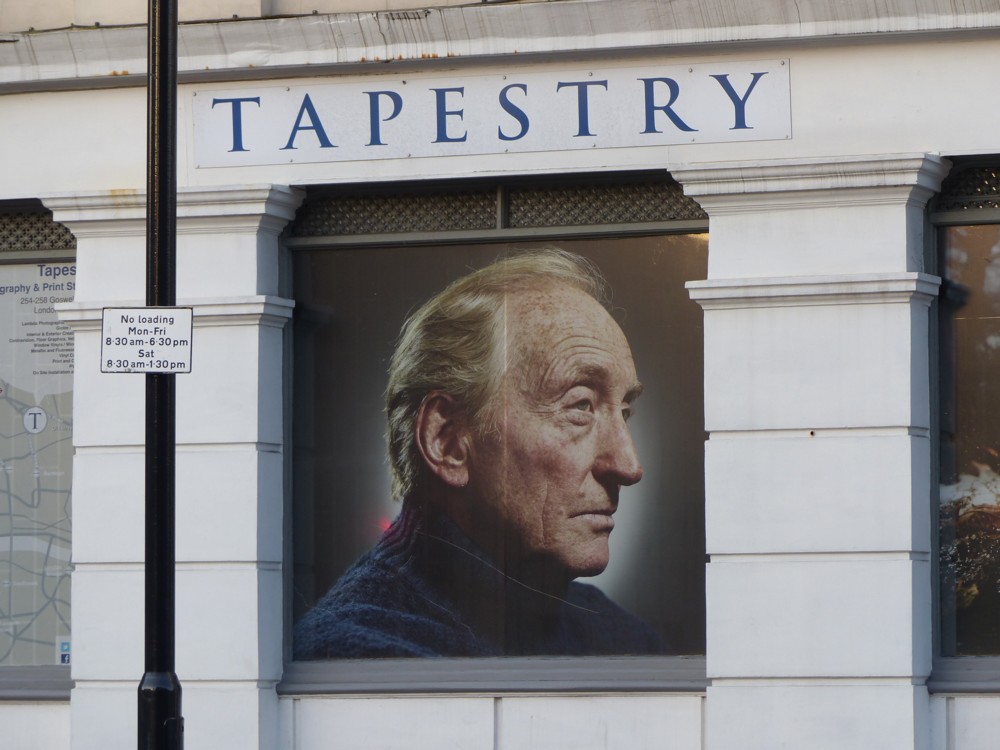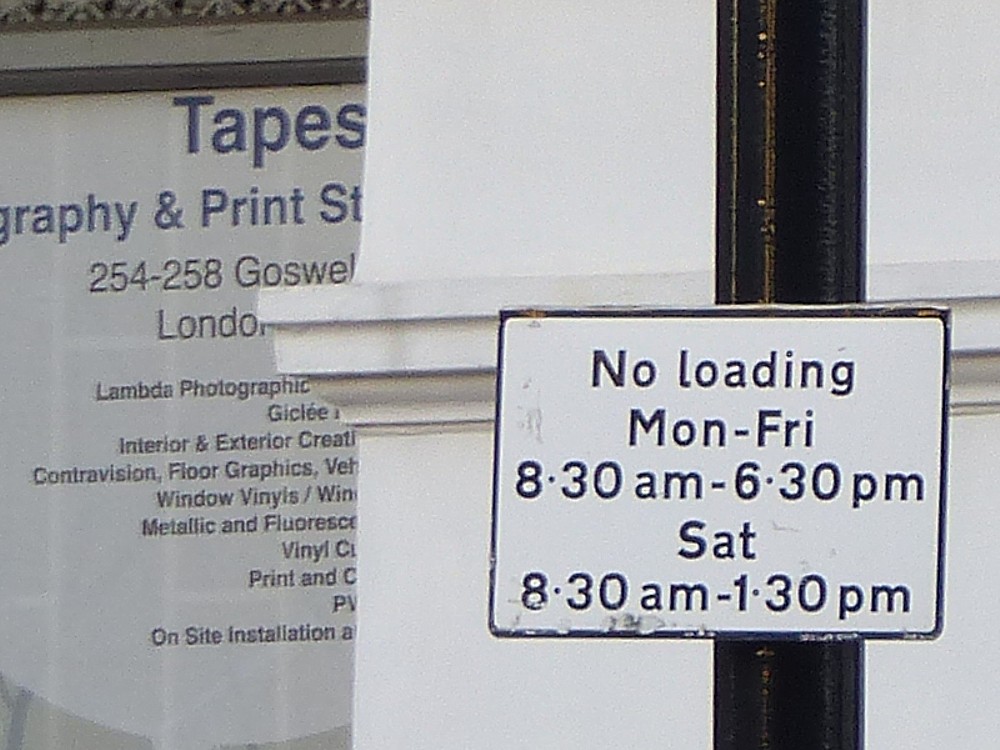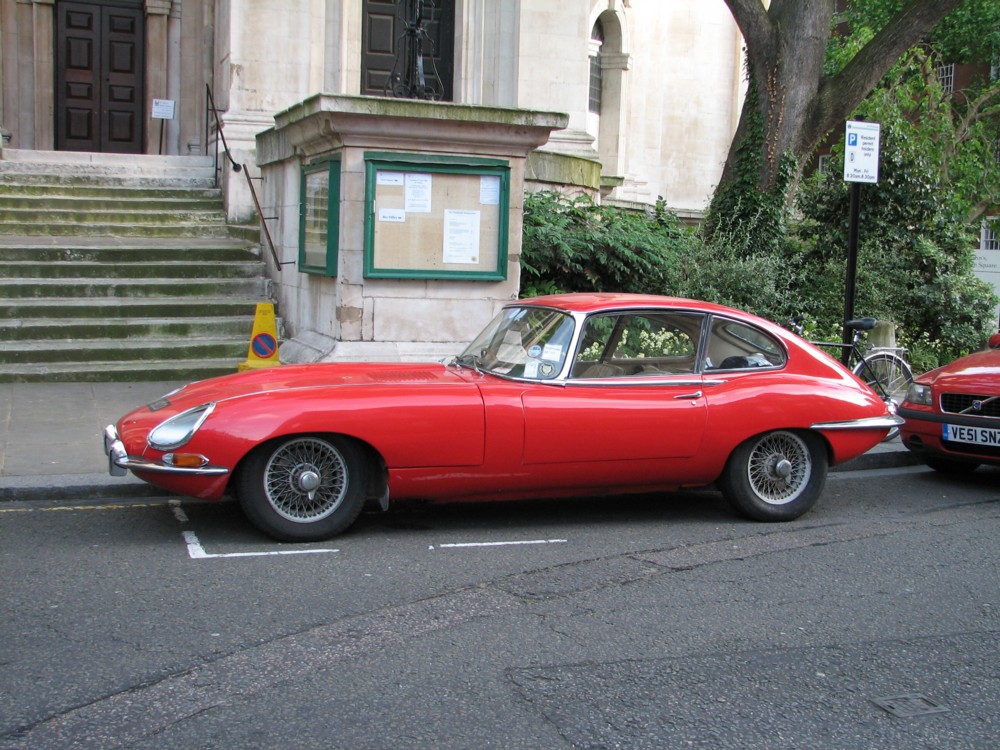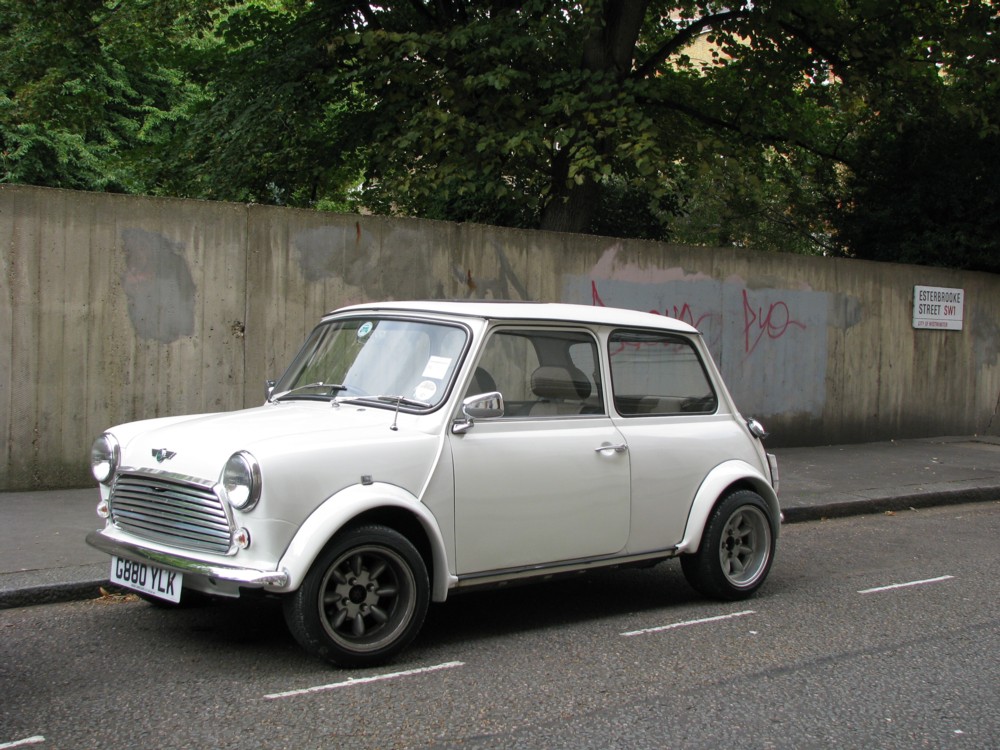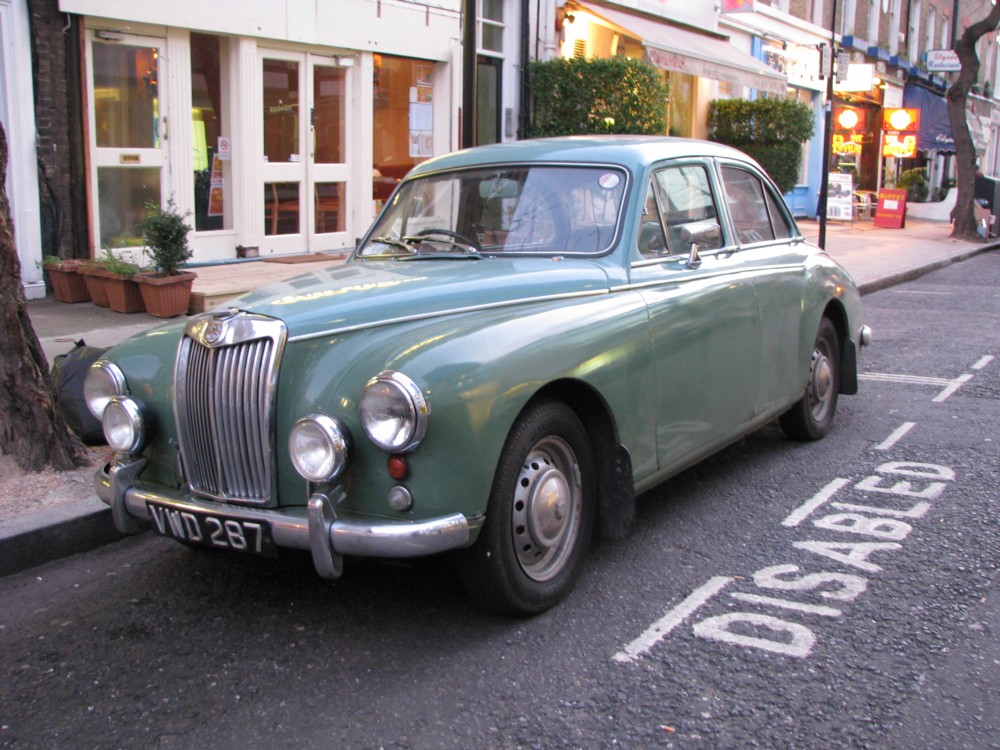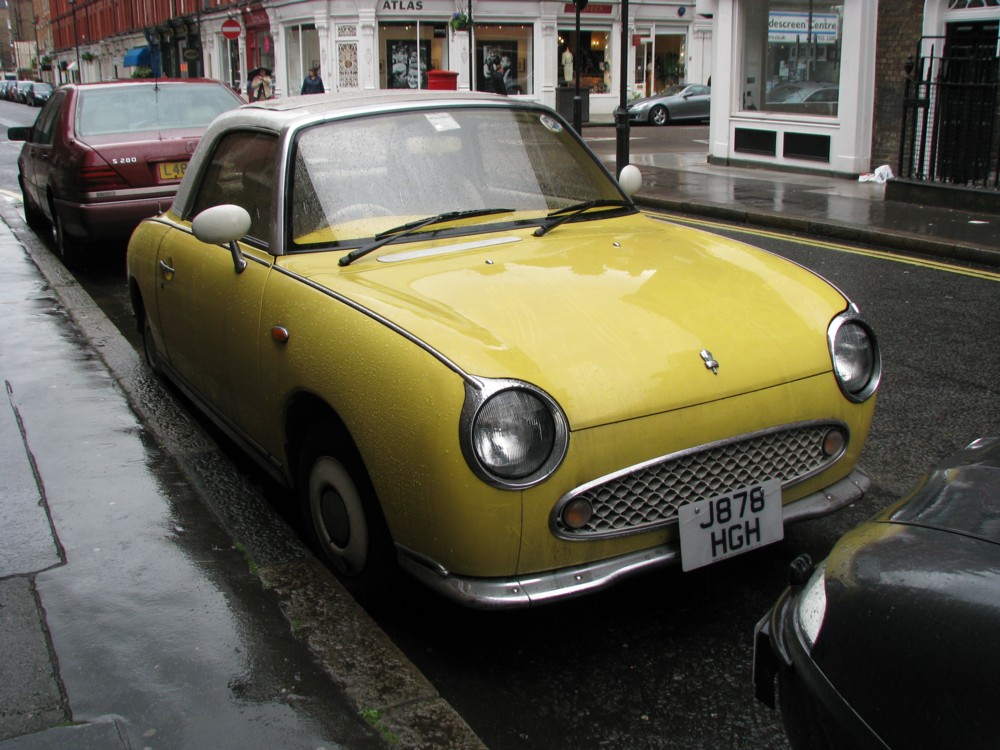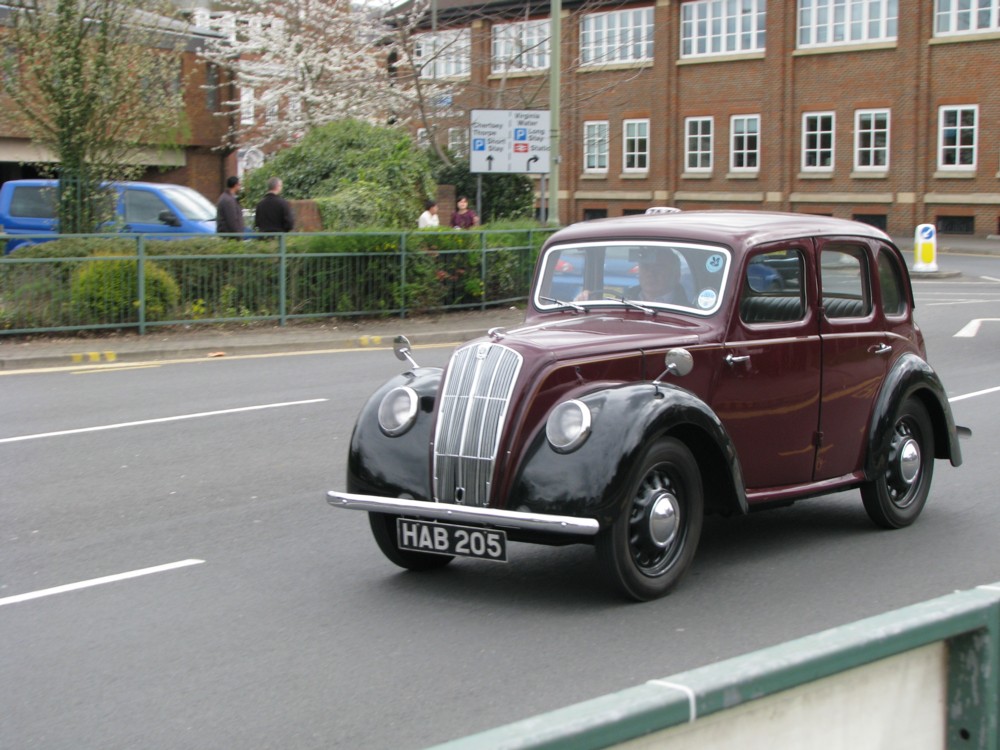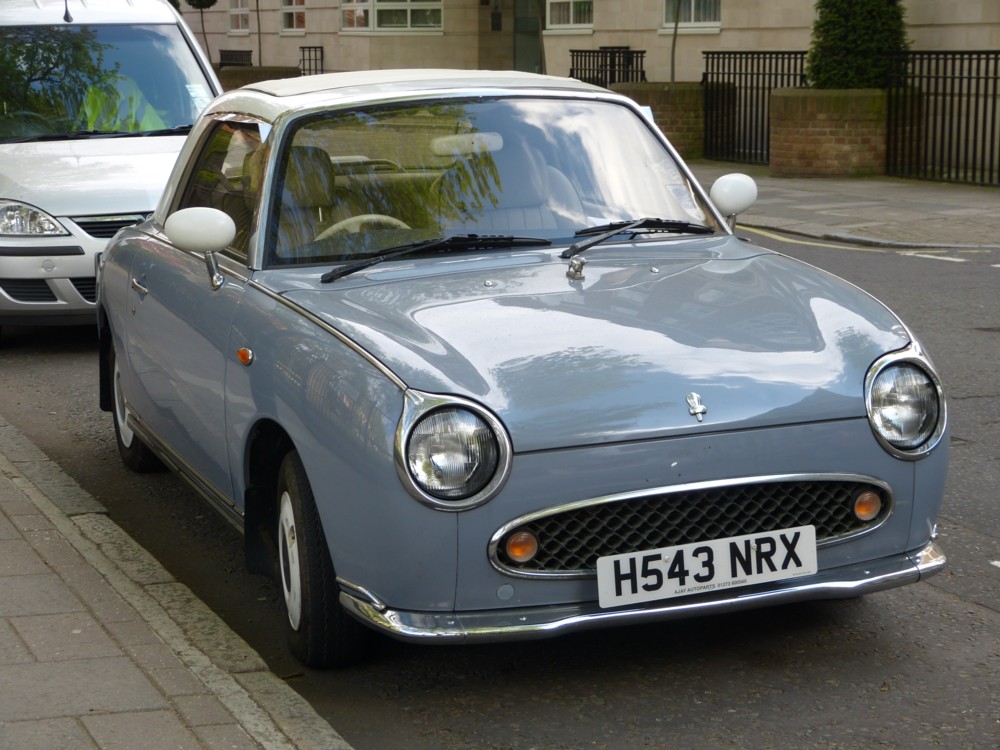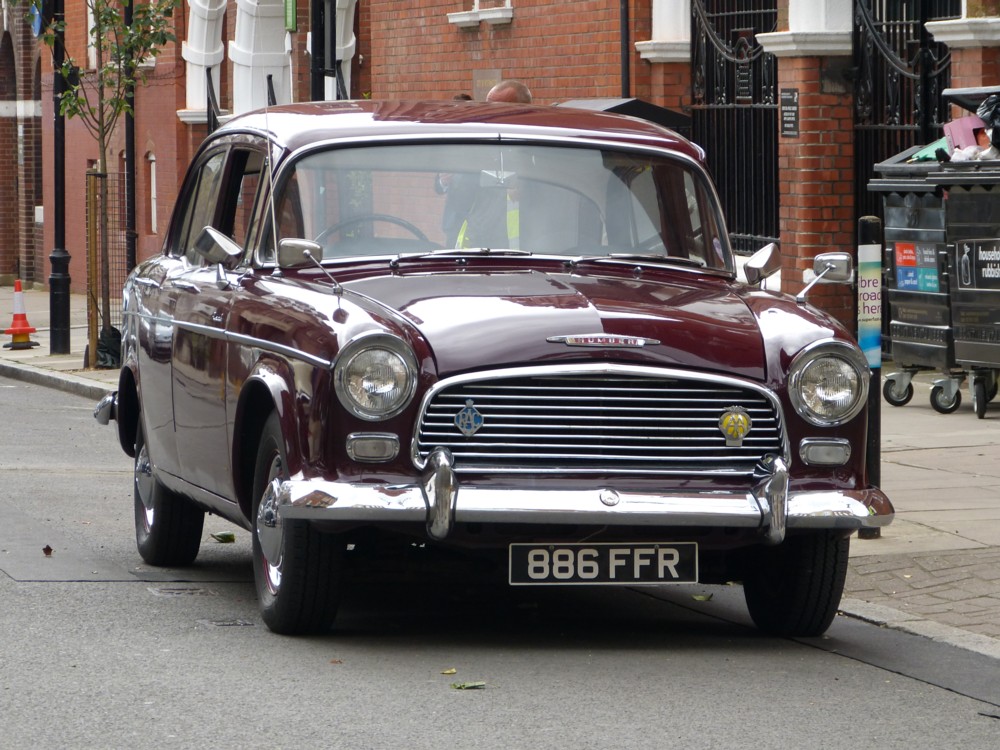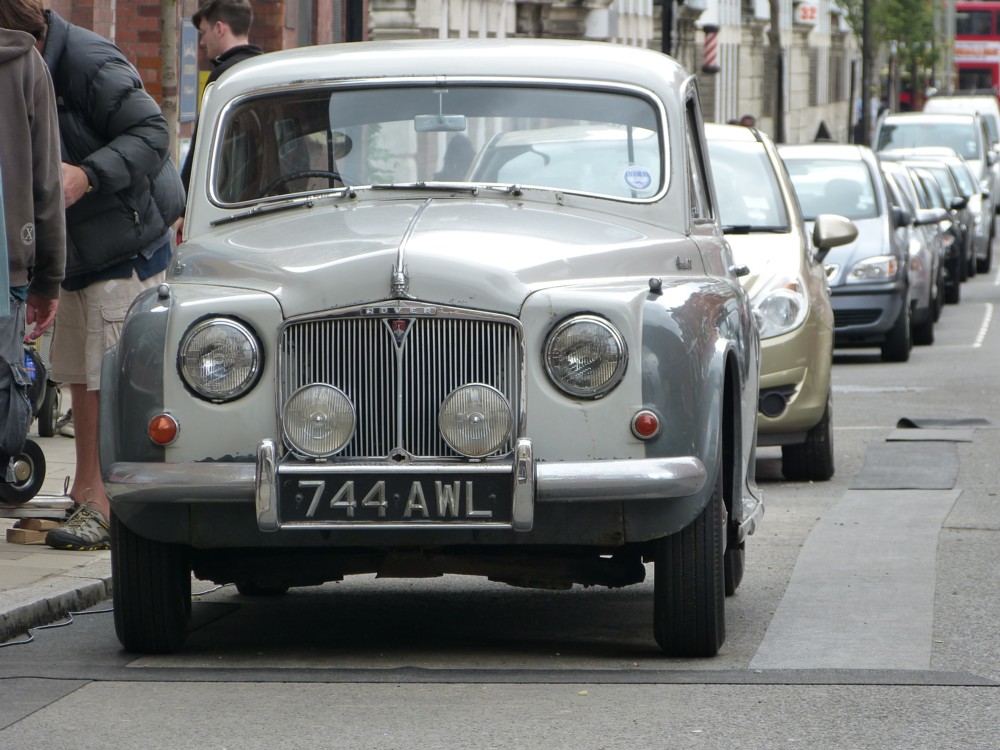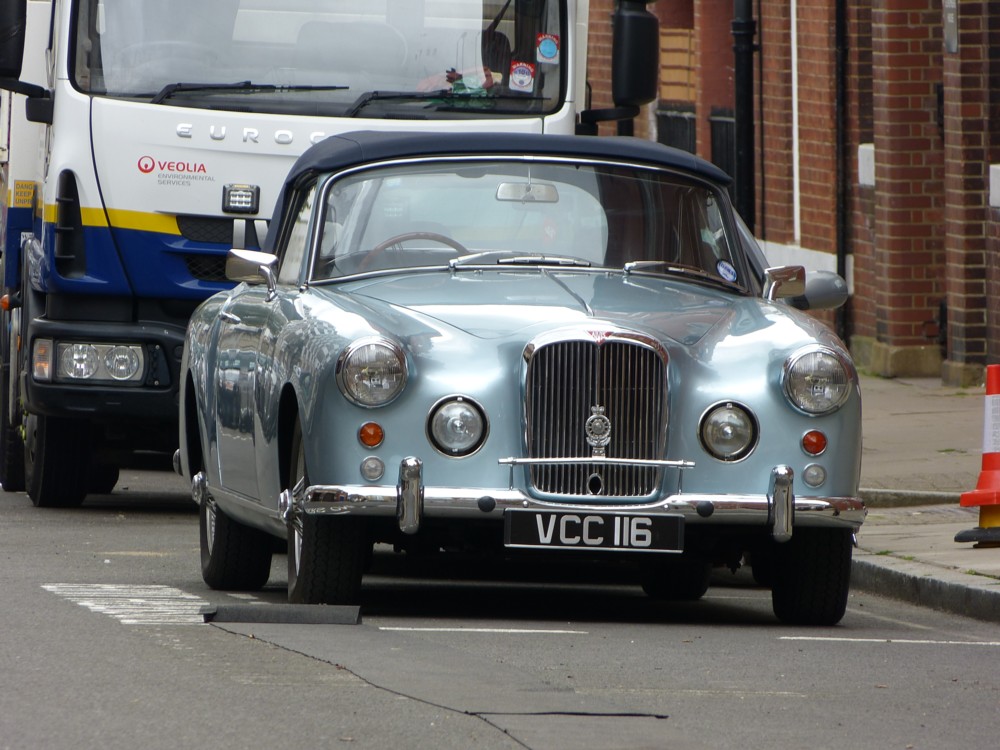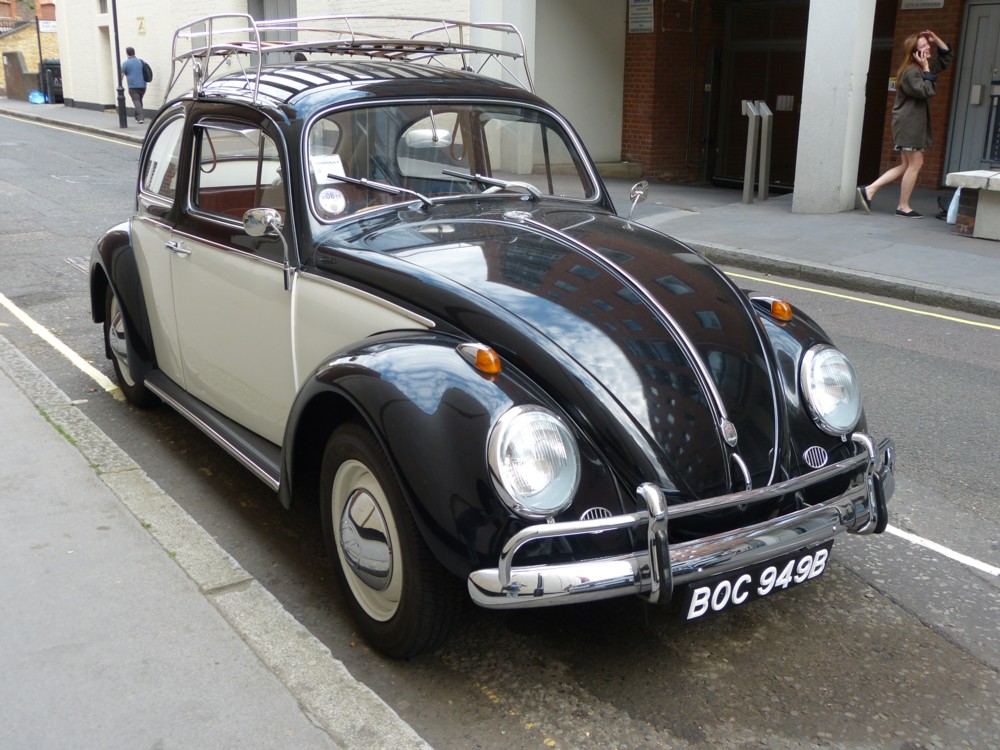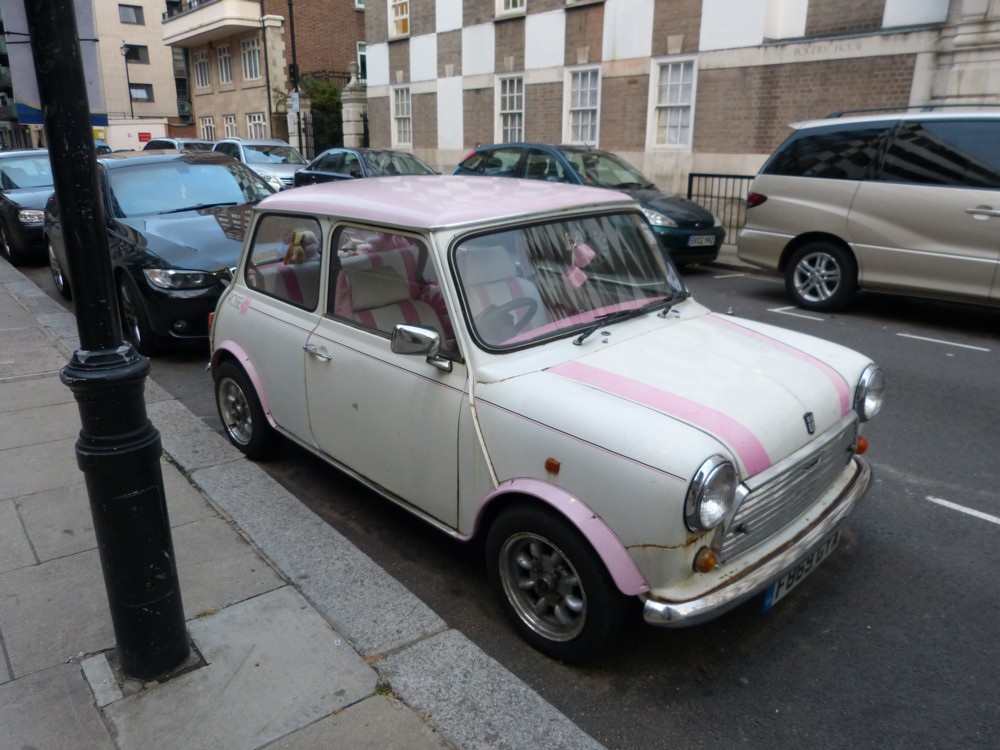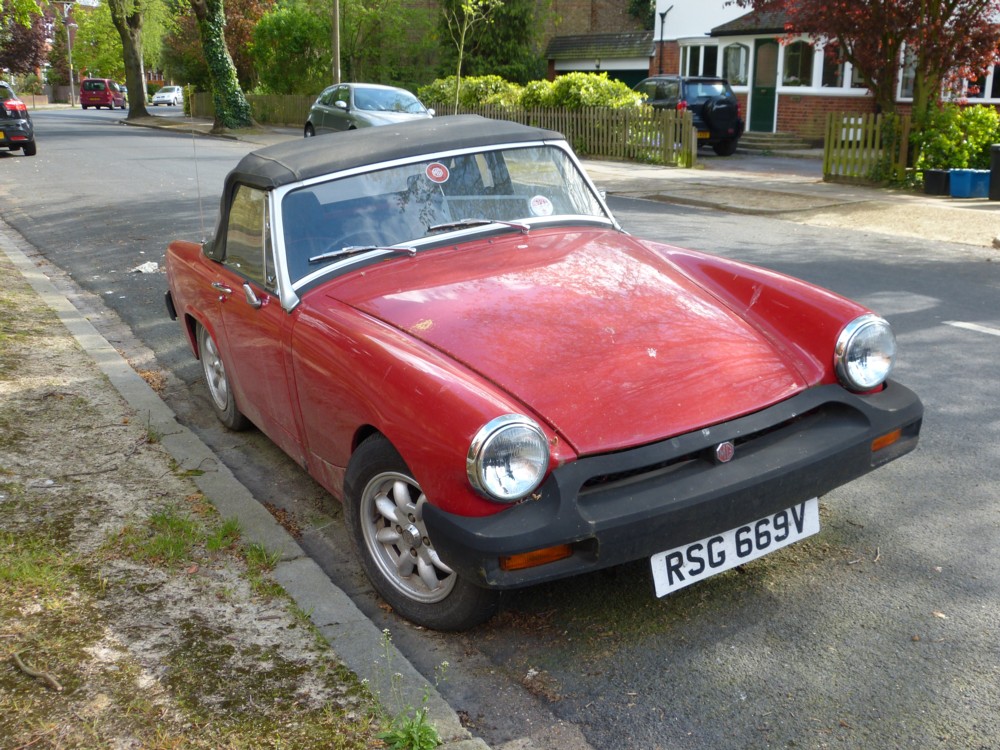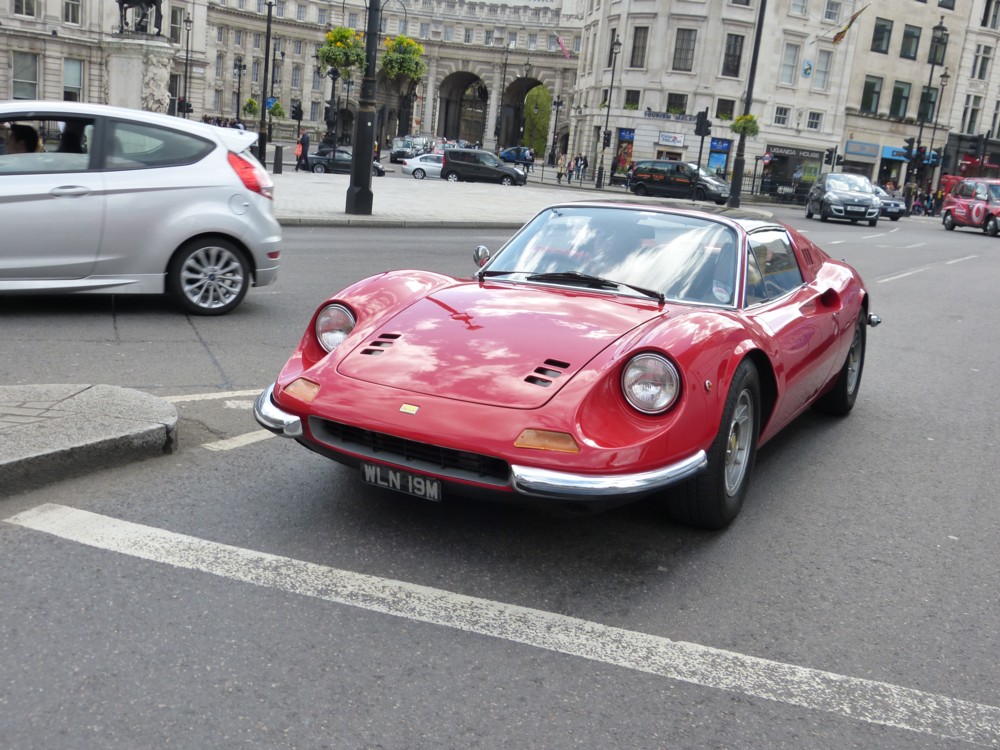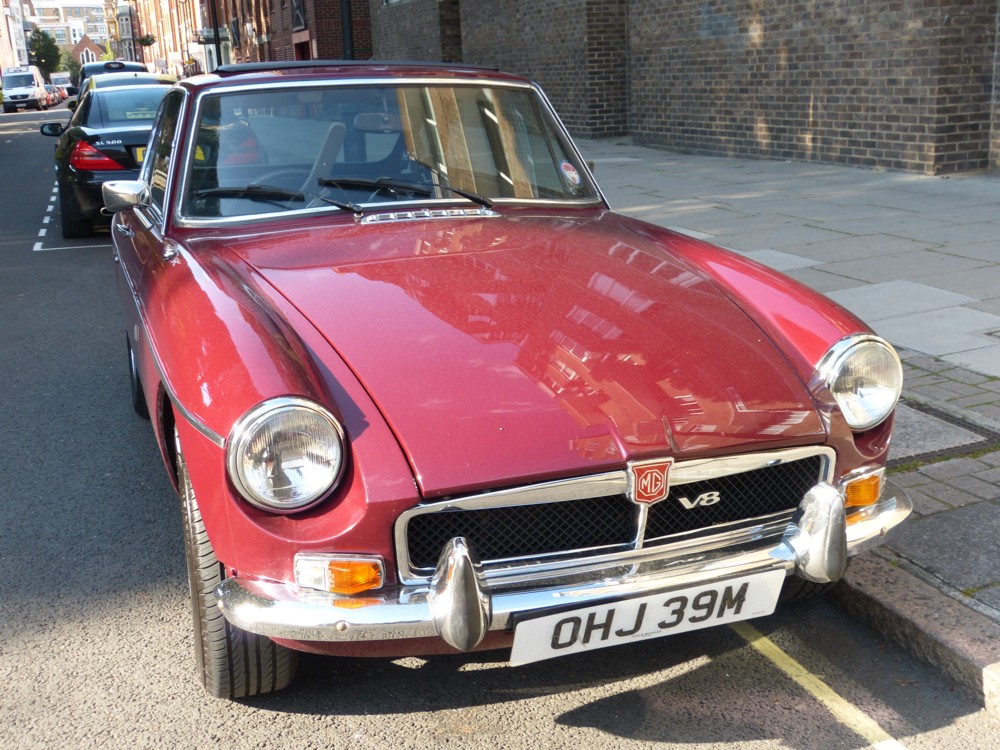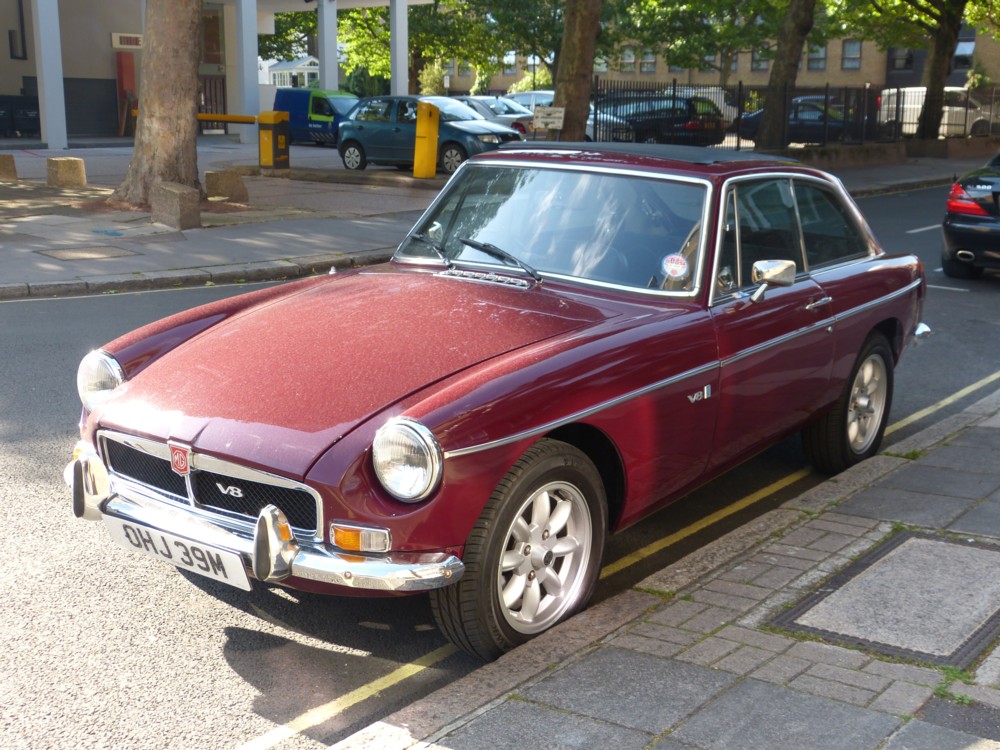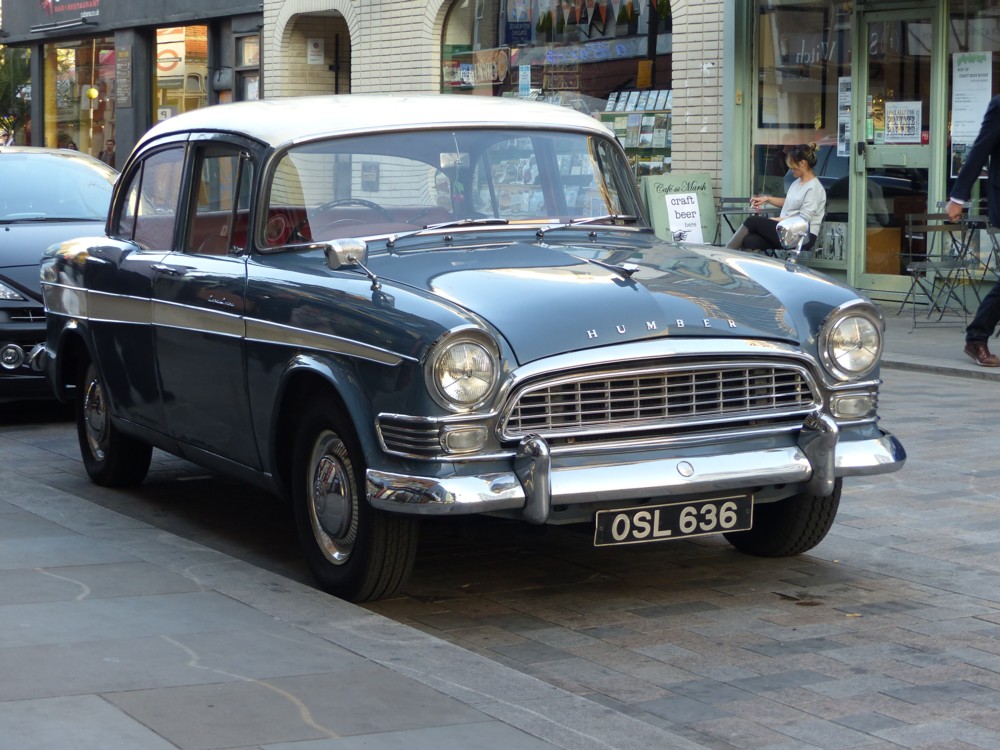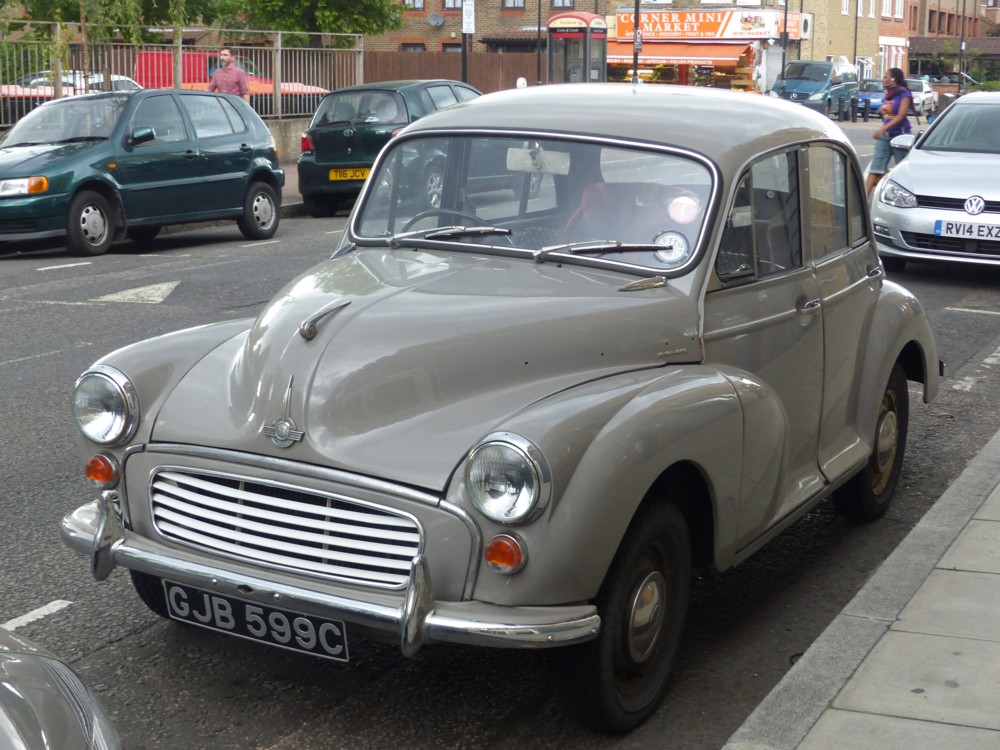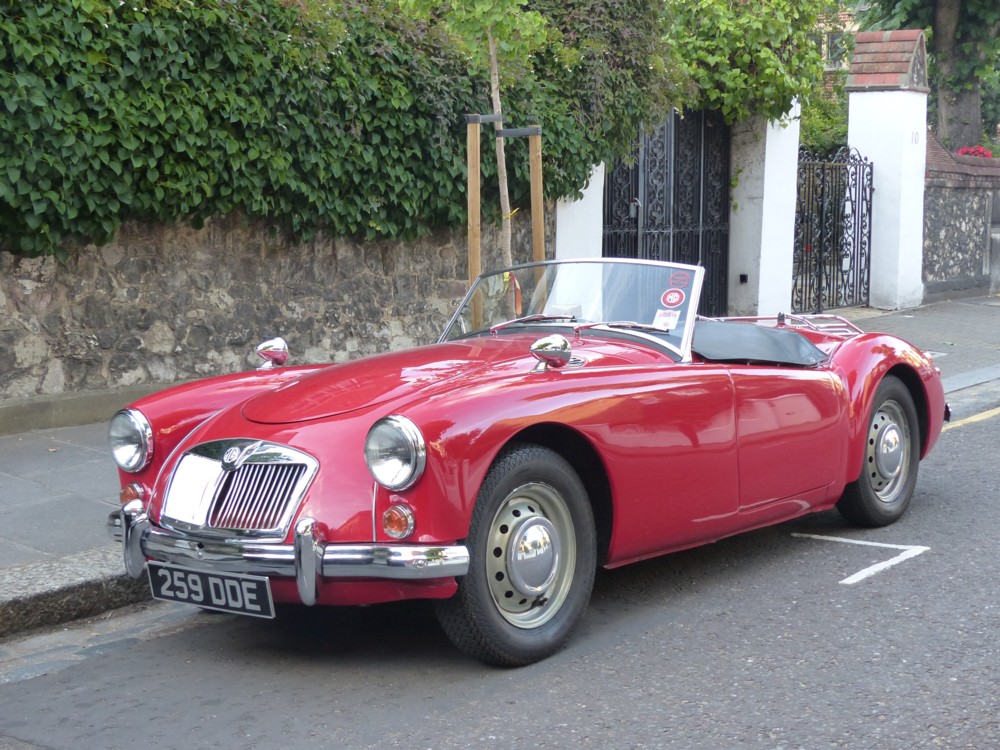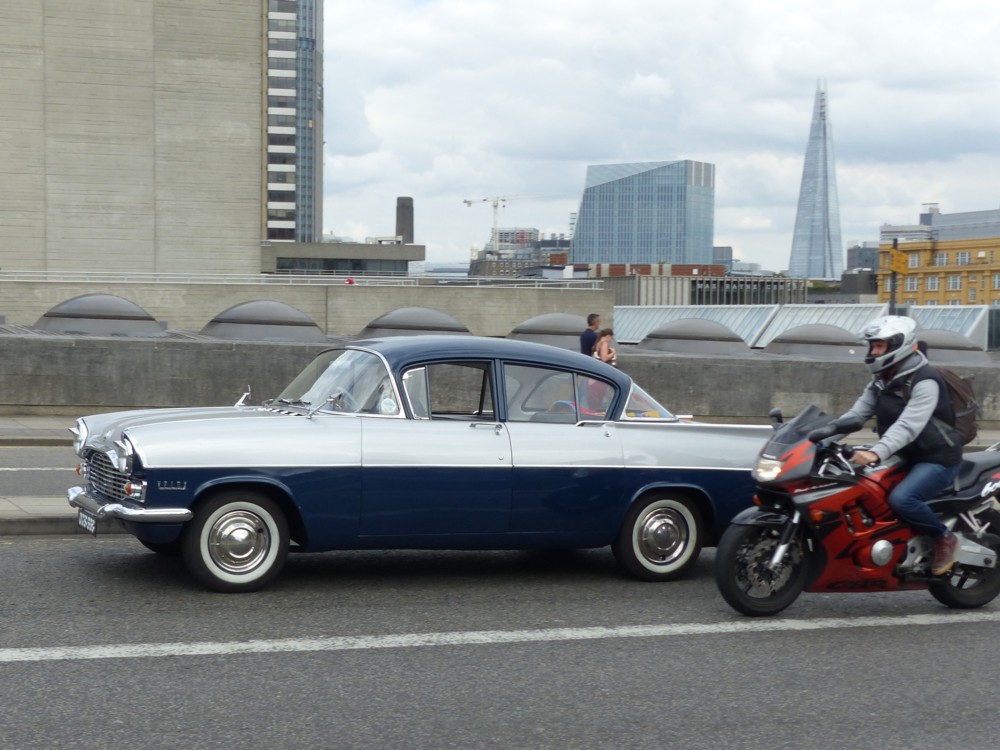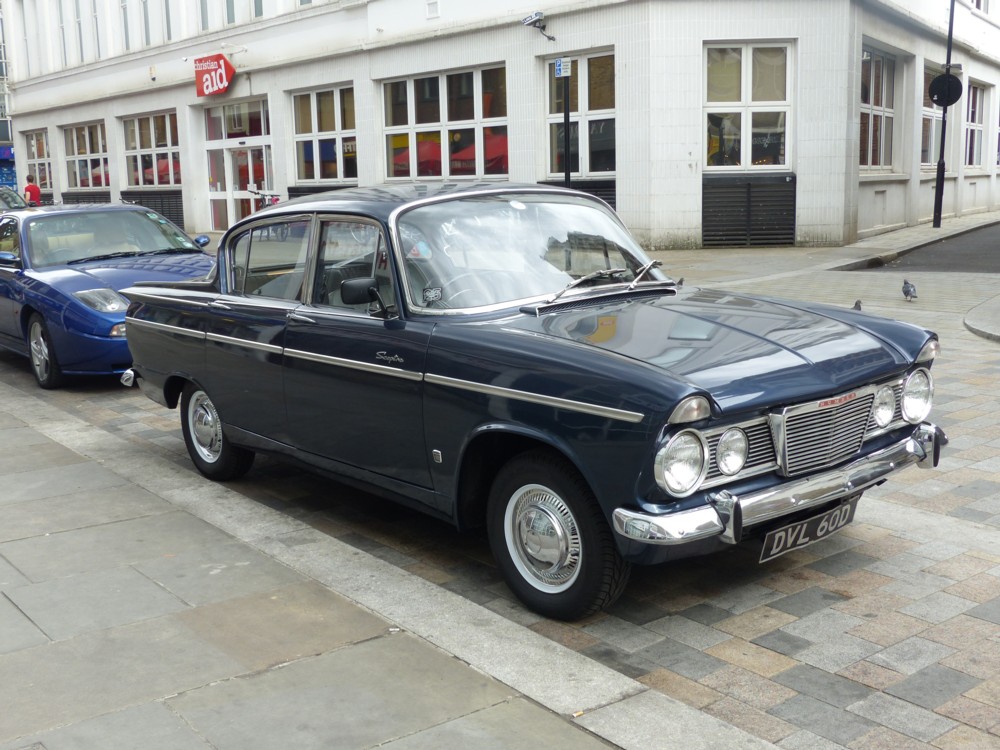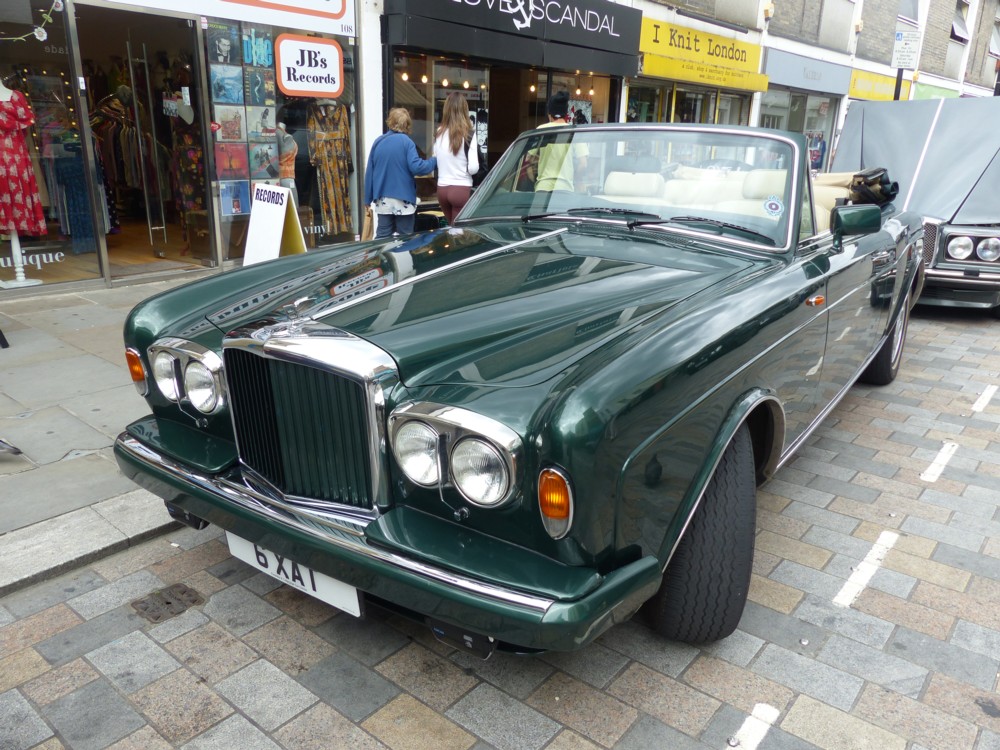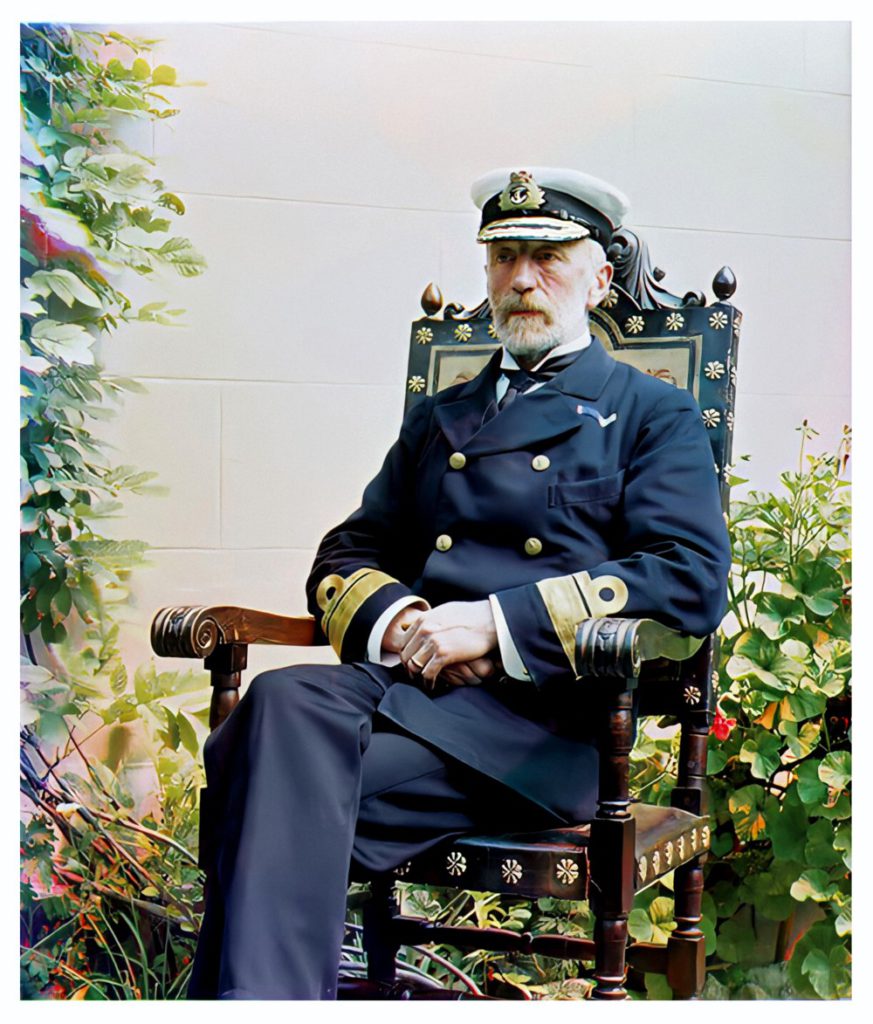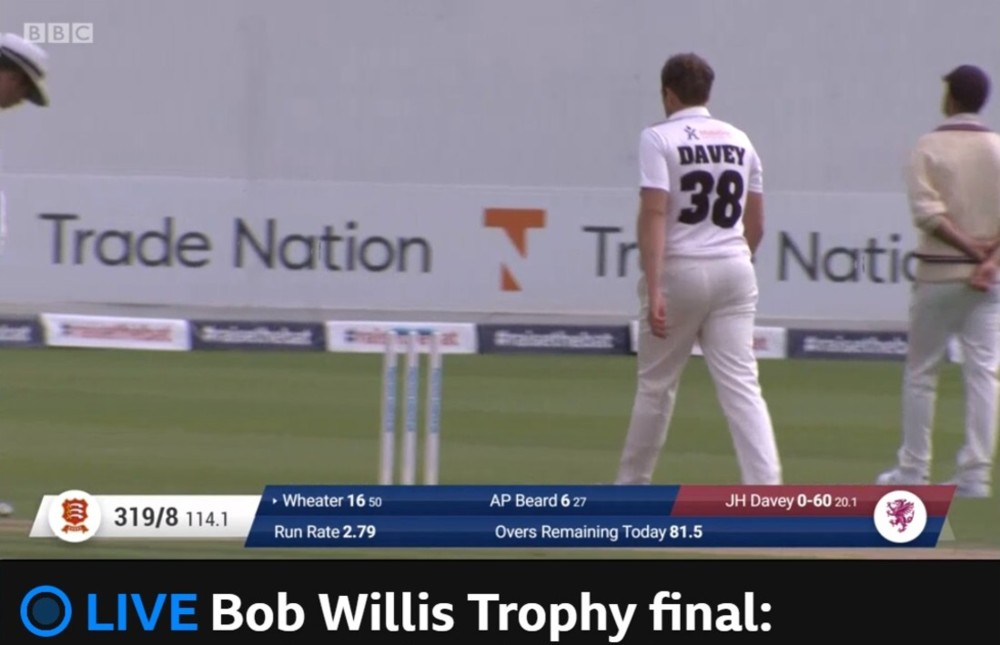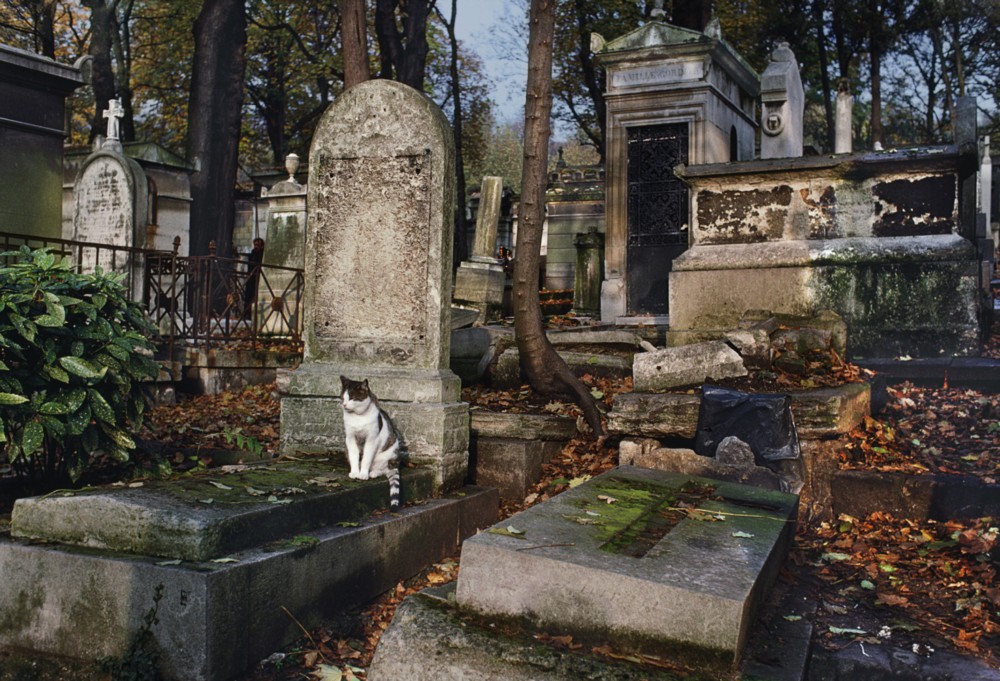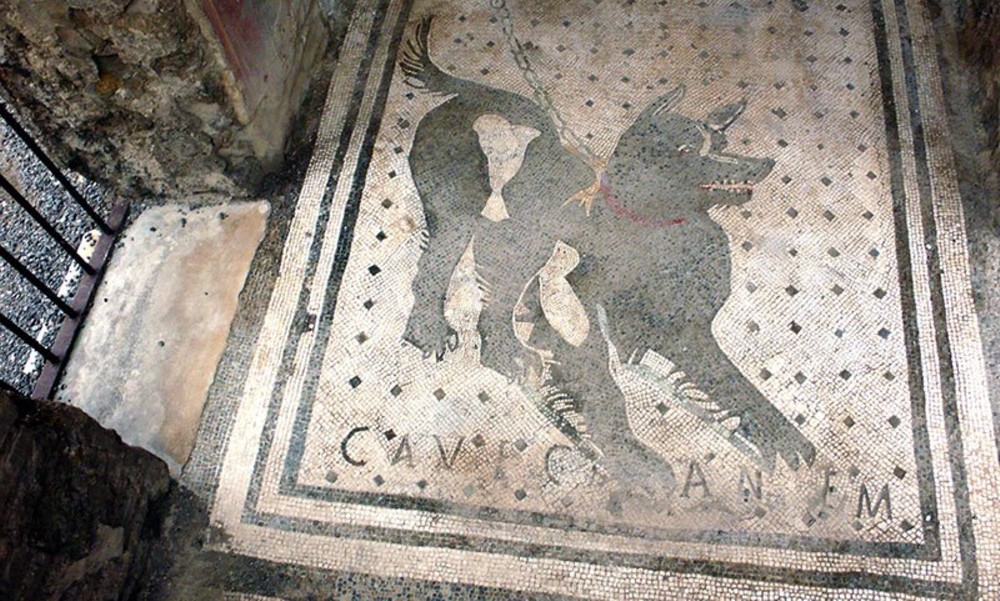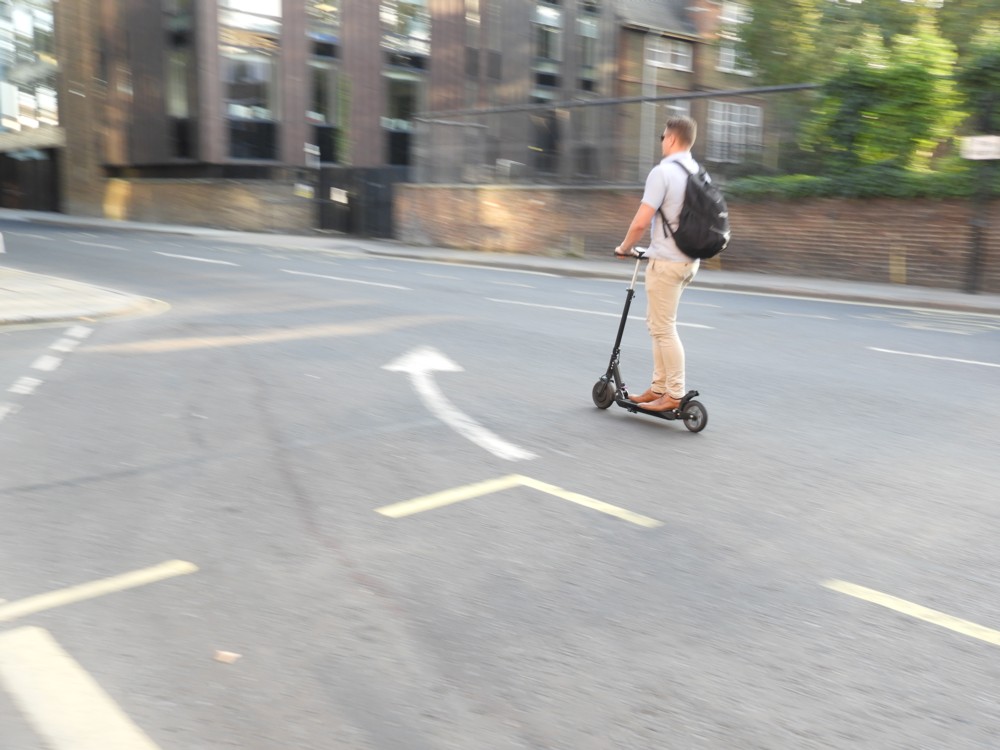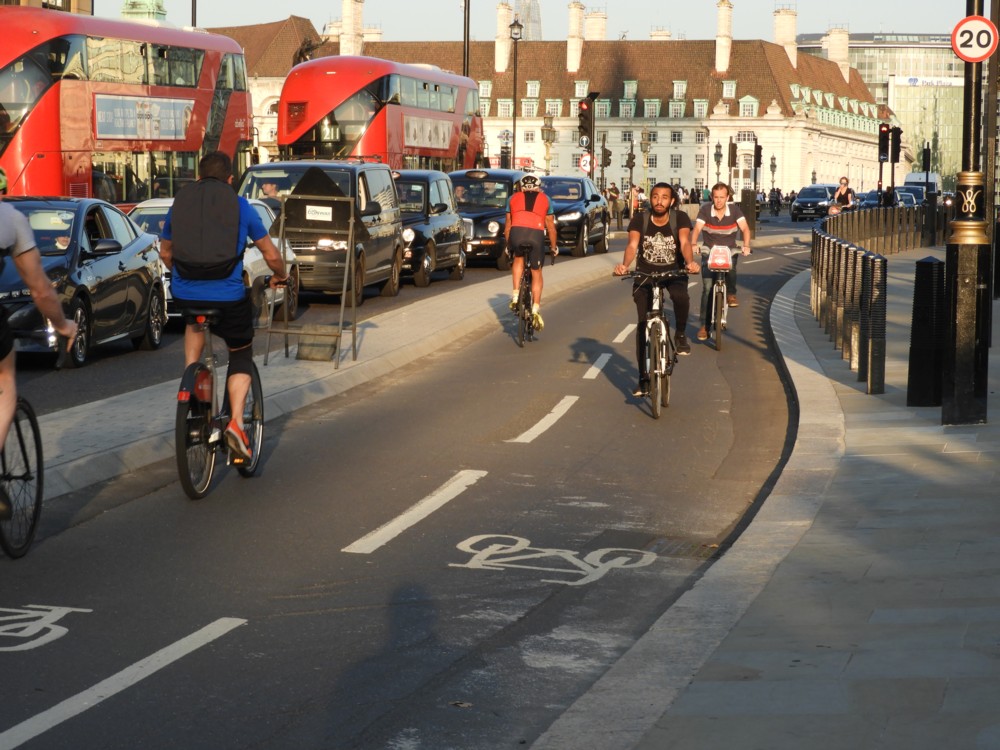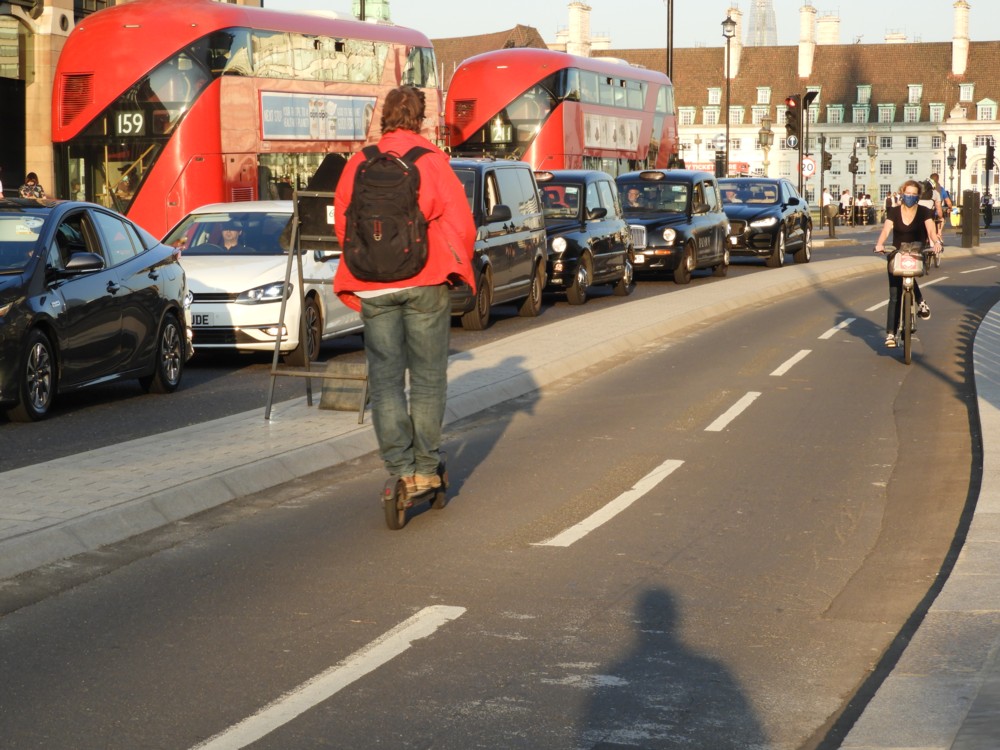A fortnight or so ago, GodDaughter2 and I discussed The Plague, and what a pain all the measures being taken against it were. Neither she nor any of her friends thought that The Plague itself was any problem. Nobody she knows at her place of higher education (the Royal College of Music) has actually died. But the protective measures being unleashed by the damn government are ruining all of their lives. Not only can they not get jobs as singers and musicians, they can’t even get jobs as waiters and waitresses in the meantime, because that’s all been shut down too. When, she asked me, would it end?
Trying to be reassuring, I heard myself saying to her that the tide of British public opinion was about to turn against Lockdown, on the grounds that not nearly enough people were dying, and that more and more people were, just like GD2 and all her musical friends, noticing this, and hence, if they needed persuading, being persuaded by people like this guy (who I was just then getting to grips with), that it was all bollocks.
I compared Lockdown with how smoking suddenly went from something you couldn’t complain about in polite society to something you couldn’t do in polite society. It’s a numbers thing. When the number goes from less people think Y than X to more people thing Y than X, then suddenly X ceases to count and Y becomes the new orthodoxy, at the single moment when the graphs cross. Suddenly. Blink of an eye. The impossible turns on the proverbial sixpence into the inevitable, to the amazement of those who’d not been paying close attention.
This snatch of video, lifted from Guido today, suggests to me that I’m right about what people are thinking about Lockdown, and that the graphs on what people think about Lockdown either are about to cross, or have actually crossed already. Politicians don’t talk like this Swayne guy just did unless they know something’s up:
I know, the chamber is nearly empty. But in the age of social media, all it needs is for someone to post the clip anyway, and up, up and away it goes, into Public Opinion land.
Talking of Ivor Cummins, as I just was, take a look also at what he says about Cornwall, which I did not know. In general, take a browse through his stuff. It’s not just what he says. It’s the confidence and clarity with which he says it.
To be clear, this is not one of those the-truth-lies-somewhere-between-the-two things. You either think that the government was and is roughly right, but maybe should have locked us all down sooner and more completely. Or you think that’s utter bollocks. Lockdown has either worked, but not well enough, or it has achieved bugger all besides huge collateral damage. There’s no position I can see in the middle on this thing.
The government will try to say that the continuing absence of Armageddon, which is what will be the next chapter in this story, proves that Lockdown has worked and is working. They’ve been marching down the High Street in weird robes and banging big drums to keep the elephant away, and look, no elephant! It’s working! It worked! No. There never was an elephant. A mouse, yes, maybe even a big old rat. But no elephant.
If The Plague is now everywhere, which is what the Government’s precious “testing” really serves to illustrate, but if hardly anyone is now dying from it, and if, now that The Plague has spread everywhere and now has nowhere to go and is fizzling out, then Lockdown accomplished and is accomplishing nothing, just killing or ruining or generally mucking about with lots more people.
I don’t see how Boris and his fellow Plague catastrophists can survive this, once the penny of public opinion drops, as dropping it now is. It wasn’t the original panic. That was forgivable. It was their pretence that they didn’t panic and their failure to apologise and to stop panicking that will be the end of these people.
When I spoke with her, GD2 also expressed the fear that if and when there is a real Plague, and if some actual experts of the sort who actually know what’s going on warn against it, such warnings may well be treated with contempt and be ignored, when they ought to be heeded. Good point.

